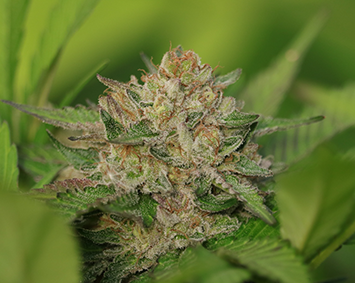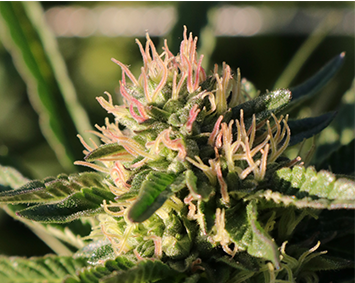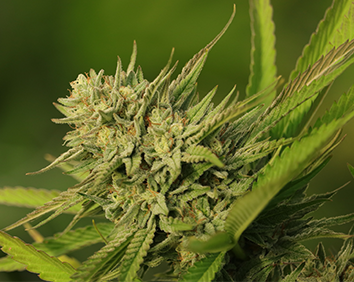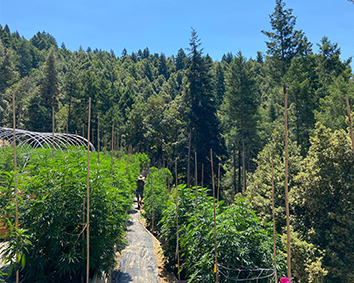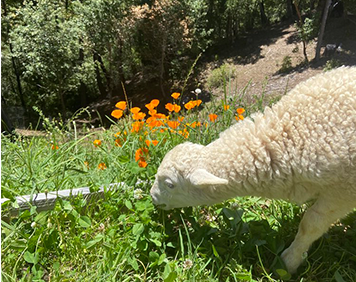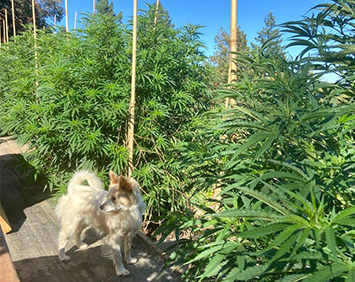
Our Story
Craft Cannabis
Nestled between the Lost Coast and Paradise Ridge bordering the Sinkyone Wilderness in the heart of the Emerald Triangle, you will find Lost Paradise Organics. Family operated farm owners Yeins and Josh Chestnut pride themselves on years of experience in cultivating quality cannabis. Dedication to the craft of cannabis processed in small batches assures quality in every product produced. The family farm holds social justice values and equality and recognizes the constant evolution of the cannabis industry, striving for growth as a cannabis community. The importance of regulations for the consumer’s safety drives a clean and potent line of cultivated cannabis products. Lost Paradise Organics’ cannabis products will satisfy the minds and souls of the most demanding connoisseurs.
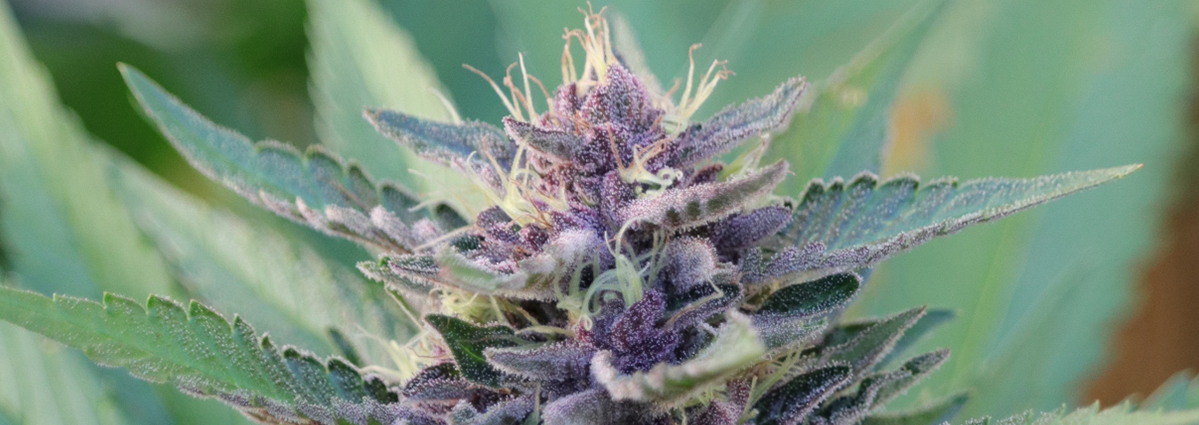
Sustainable Practices
Lost Paradise Organics uses sustainable practices in harmony with the environment, the community and natural resources. Crops are grown under 100% sunlight on a solar-powered farm, with a rainwater catchment system and no synthetic fertilizers or pesticides, which frames Lost Paradise Organics’ mission. The soil is nourished with native microorganisms that are carefully harvested and reproduced in a yearly rotation from the farm’s surrounding forest floor, mainly composed of madrone tree leaves, different types of oaks and pines, and abundant wild fungi.
Cannabis Farming
Techniques
There are many moving parts to a successful farm, such as sprouting seeds, sowing, transplanting, pruning, and harvesting. Lost Paradise Organics incorporates these tasks according to the lunar cycles.
Lost Paradise Organics prides itself on regenerative and biodynamic techniques from Central and South America passed down through generations of native cultivators. An almanac tribe, whose name translates to “the paints,” referenced moon cycles to grow its crops and based its weather predictions for the upcoming year on the first 12 days of January. Each of the first 12 days representing every one of the 12 months in order. They Observe the weather conditions each of the 12 days; the morning conditions represent the first half of the month, while evening conditions represent the second half.
For example, Jan. 3 represents March. If it rained in the morning before changing in the afternoon to a sunny evening, it records as Month/March first half of the month rainy and second half sunny. These traditions have proven effective in the equator regions, and trials are registering in the Northern Hemisphere.



